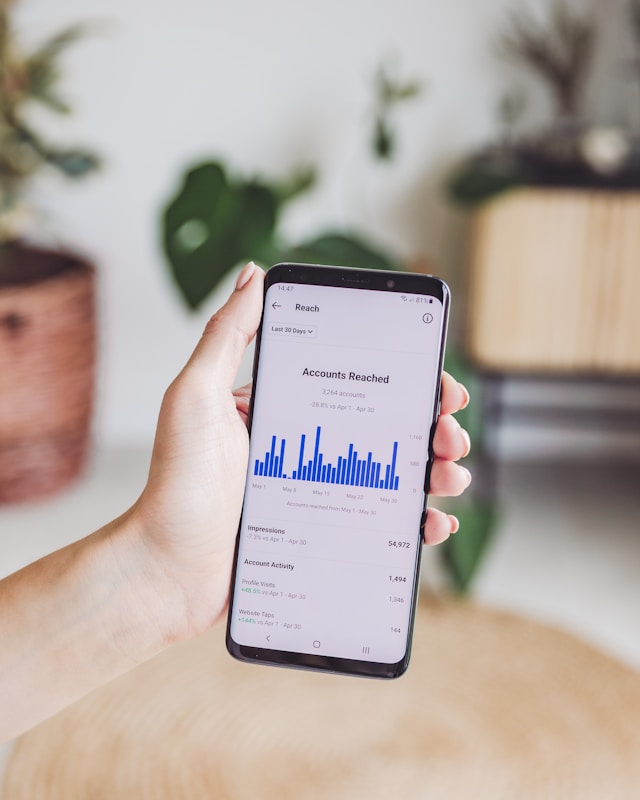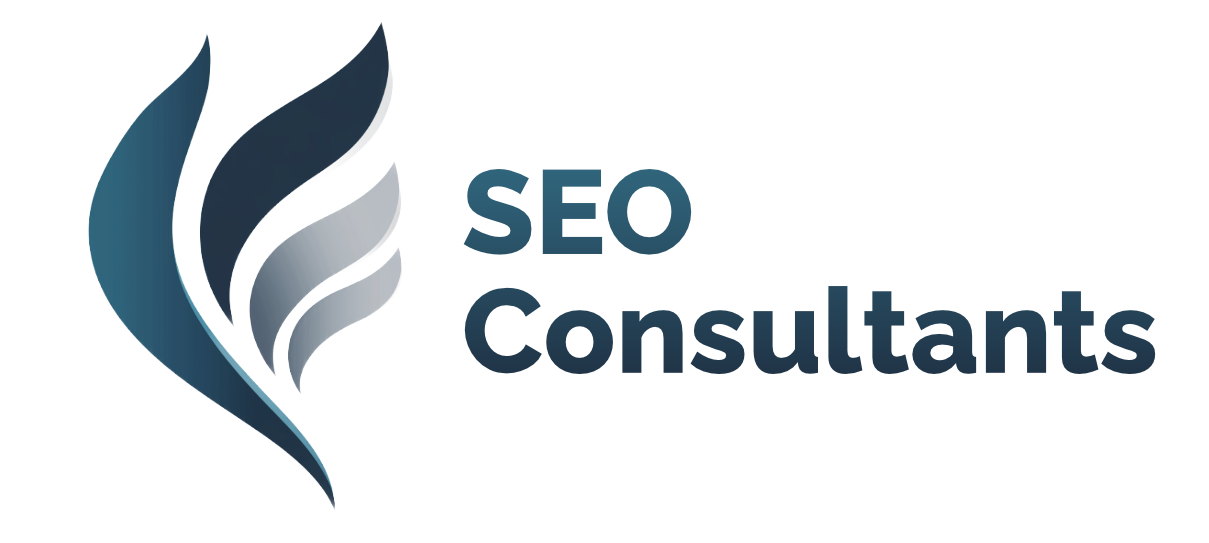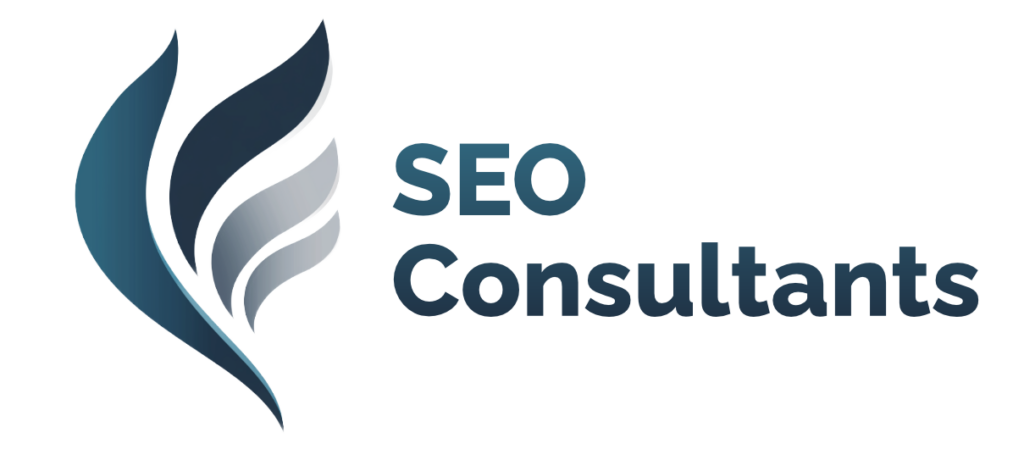A great website needs two things to succeed: excellent content and strong backlinks. Think of content marketing and link building as two sides of the same coin. Content marketing creates the valuable, shareable assets that people want to link to, while link building is the proactive process of earning those links. Together, they form a powerful strategy that tells search engines your website is a trustworthy and authoritative source of information.
This guide will walk you through the essential concepts of link building, explaining how you can use it to boost your website’s authority and get to the top of the search rankings.

What is the difference between a dofollow and nofollow link?
A dofollow link is a standard hyperlink that passes what is often referred to as ‘link equity’ or ‘link juice’ from the linking website to your website. When a search engine crawler encounters a dofollow link, it follows the link and counts it as a vote of confidence for your site. A high number of dofollow links from authoritative websites can significantly improve your search rankings and overall domain authority, making them the most valuable type of link for SEO purposes.
A nofollow link, on the other hand, is a hyperlink with a specific attribute that tells search engine bots not to follow the link or pass any link equity. While they do not directly influence your rankings in the same way as dofollow links, they are still useful. A nofollow link can still drive referral traffic to your site and can be a part of a natural-looking backlink profile. They are commonly used on forums, in comments sections, and on social media platforms, where the linking site wants to avoid endorsing the destination URL.
How do I create content that is ‘link-worthy’?
Creating ‘link-worthy’ content is the cornerstone of any successful link building strategy. Link-worthy content is original, high-quality, and genuinely valuable to your target audience and to others in your industry. It is the type of content that people will naturally want to share and reference in their own articles. Examples include comprehensive guides, in-depth research, original data studies, and unique infographics.
To create this type of content, you need to first understand your audience’s needs and pain points through thorough keyword and market research. Your content should answer their questions, provide solutions to their problems, or present information in a new and engaging way. By focusing on creating content that is a genuinely helpful resource, you provide a clear reason for other websites to link to you, which makes your link building efforts much more effective and sustainable.


What is the best way to get backlinks?
The best way to acquire backlinks is to earn them naturally through the creation of high-quality content that people want to link to. This is often referred to as ‘link earning’ and is considered the safest and most effective strategy. However, most SEO campaigns also involve an active outreach component, which is where you proactively contact other website owners or journalists to let them know about your great content and suggest they link to it.
Other ethical link building methods include guest posting on relevant, authoritative websites, submitting your business to reputable directories, and engaging in ‘broken link building’. The latter involves finding broken links on other websites and suggesting that the site owner replace the broken link with a link to your relevant content. A balanced strategy that combines link earning with proactive outreach is generally the most successful approach for building a robust backlink profile.
What is a link building outreach strategy?
A link building outreach strategy is a systematic process of contacting other website owners, editors, or bloggers to request a backlink. The goal is to build relationships and persuade them that linking to your content will provide value to their own audience. A well-executed strategy starts with identifying relevant and authoritative websites that are a good fit for your niche.
The outreach itself involves crafting personalised and compelling emails that explain why your content is a good fit for their website. It is crucial to avoid generic templates and to demonstrate that you have a genuine understanding of their site and audience. The most successful outreach campaigns focus on mutual benefit, showing how a link to your content will improve their website by providing their readers with a valuable resource.


Are all backlinks equally valuable?
No, not all backlinks are created equal. The value of a backlink is determined by a number of factors, including the authority of the linking domain, its relevance to your website, and whether the link is ‘dofollow’ or ‘nofollow’. A link from a highly authoritative website, such as a major news publication or a respected industry blog, is far more valuable than a link from a low-quality or spammy website.
Relevance is also key. A link from a website that is thematically related to your own industry will carry more weight with search engines than a link from a completely unrelated site. For example, a link to a bicycle repair shop from a cycling blog is more valuable than a link from a gardening website. The combination of authority and relevance is what makes a backlink truly powerful for improving your search rankings.
How can I check my current backlink profile?
You can check your current backlink profile using a variety of SEO tools. Google Search Console is an excellent free option that provides a list of websites that are linking to your site. While it may not show every single link, it gives you a good overview of your backlink profile. For a more comprehensive analysis, most SEO professionals use paid tools like Ahrefs, SEMrush, or Moz.
These tools allow you to run a detailed analysis of your backlink profile, showing you not only who is linking to you but also the quality and relevance of those links. They can help you identify toxic or low-quality links that may be harming your SEO performance. Regular backlink analysis is crucial for monitoring your profile, spotting new link opportunities, and protecting your website from negative SEO attacks.


What is a broken link building strategy?
Broken link building is an ethical and effective link acquisition strategy that involves finding broken links on other websites and then suggesting your relevant content as a replacement. The process begins with identifying authoritative websites in your niche and using a tool to find any dead links on their pages. A dead link leads to a 404 ‘Not Found’ error, which is a poor user experience and is bad for the website’s SEO.
Once you have identified a broken link, you then create an outreach email to the website owner. You politely inform them of the broken link and suggest that they replace it with a link to a piece of your content that is similar in topic to the original dead page. This strategy works well because you are offering a solution to a problem, which is a much more effective approach than simply asking for a link.
How can I identify and disavow toxic backlinks?
Toxic backlinks are low-quality or spammy links from websites that can harm your SEO performance and potentially lead to a penalty from search engines. They often come from link farms, irrelevant directories, or sites with a high number of spammy links. An SEO consultant can identify these toxic links by using a backlink analysis tool to evaluate the quality of your entire backlink profile and highlight any suspicious or low-quality domains.
Once identified, the consultant will recommend that you use Google’s ‘Disavow’ tool. This tool allows you to submit a list of domains or URLs that you want Google to ignore when evaluating your website’s backlink profile. Disavowing toxic links is a proactive step that can help to prevent a penalty or assist in the recovery from one, ensuring that your website’s authority is not being negatively impacted by spammy links.


What are some common link building myths?
There are several common myths about link building that can lead to ineffective or even harmful strategies. One of the most prevalent is the idea that the quantity of links is more important than their quality. In reality, a few high-quality, relevant links are far more valuable than hundreds of low-quality links from spammy websites. Another myth is that you can simply buy your way to the top with paid links; this is a ‘black-hat’ technique that can result in a severe penalty from search engines.
It is also a misconception that a website can rank well without any links at all. While on-page and technical SEO are crucial, backlinks remain a fundamental ranking factor for search engines, acting as a crucial signal of trust and authority. Understanding and avoiding these myths is key to building an ethical and effective long-term link building strategy that truly benefits your website.
How do I measure the success of my link building efforts?
Measuring the success of link building goes beyond simply counting the number of new links acquired. The most important metrics to track are those that demonstrate a positive impact on your overall SEO performance. This includes monitoring changes in your organic traffic, improvements in keyword rankings, and an increase in your domain authority score. Tools like Ahrefs and SEMrush provide specific metrics for domain and page authority, which are good indicators of the quality of your backlink profile.
You should also look at the traffic that the new links are generating. Are the links driving direct referral traffic to your site? Is that traffic converting? By analysing these metrics, you can determine which types of links are most valuable and refine your strategy to focus on acquiring more of them. The ultimate success of your link building efforts is not just about gaining links, but about how those links contribute to your business’s growth.


